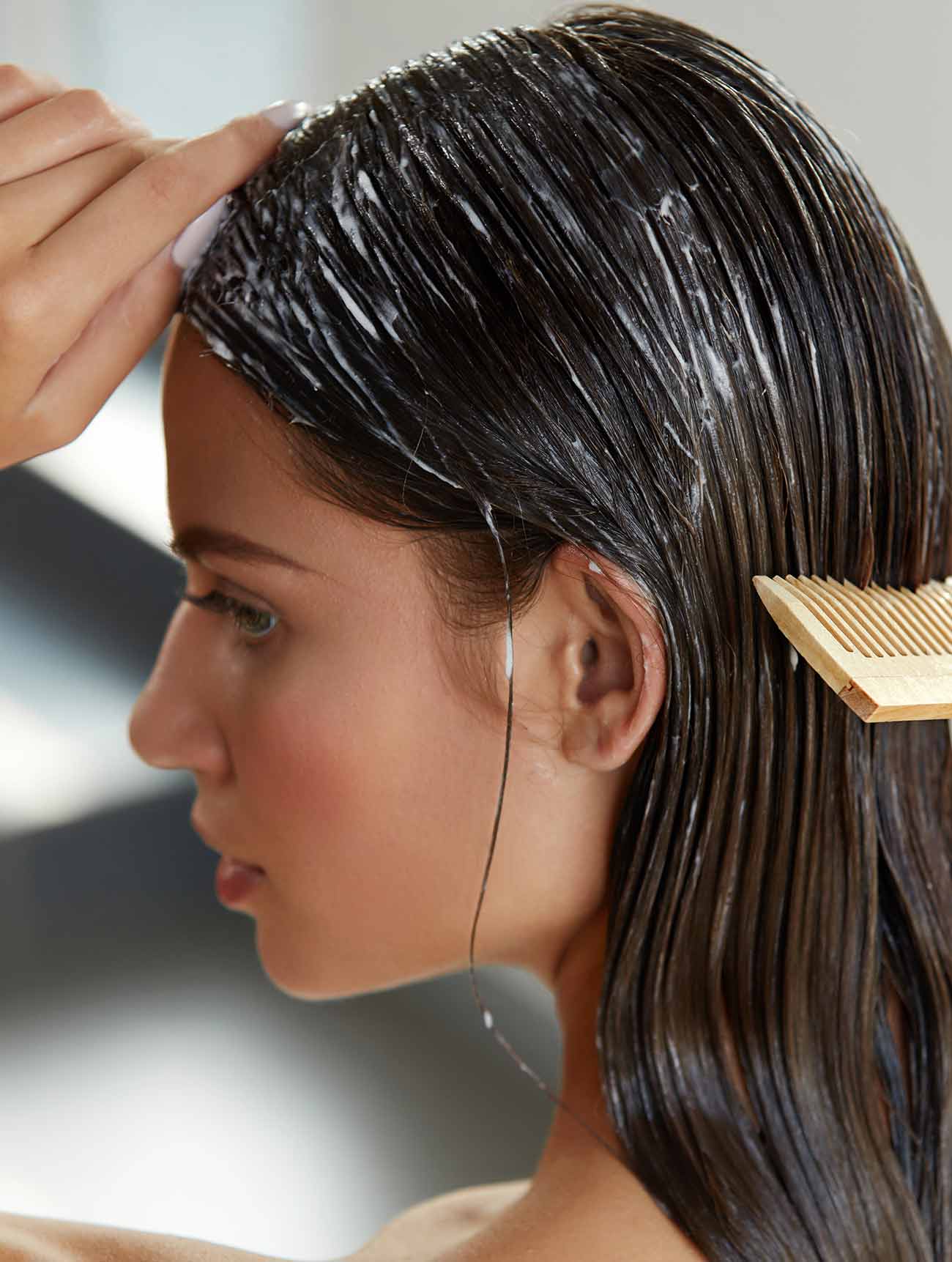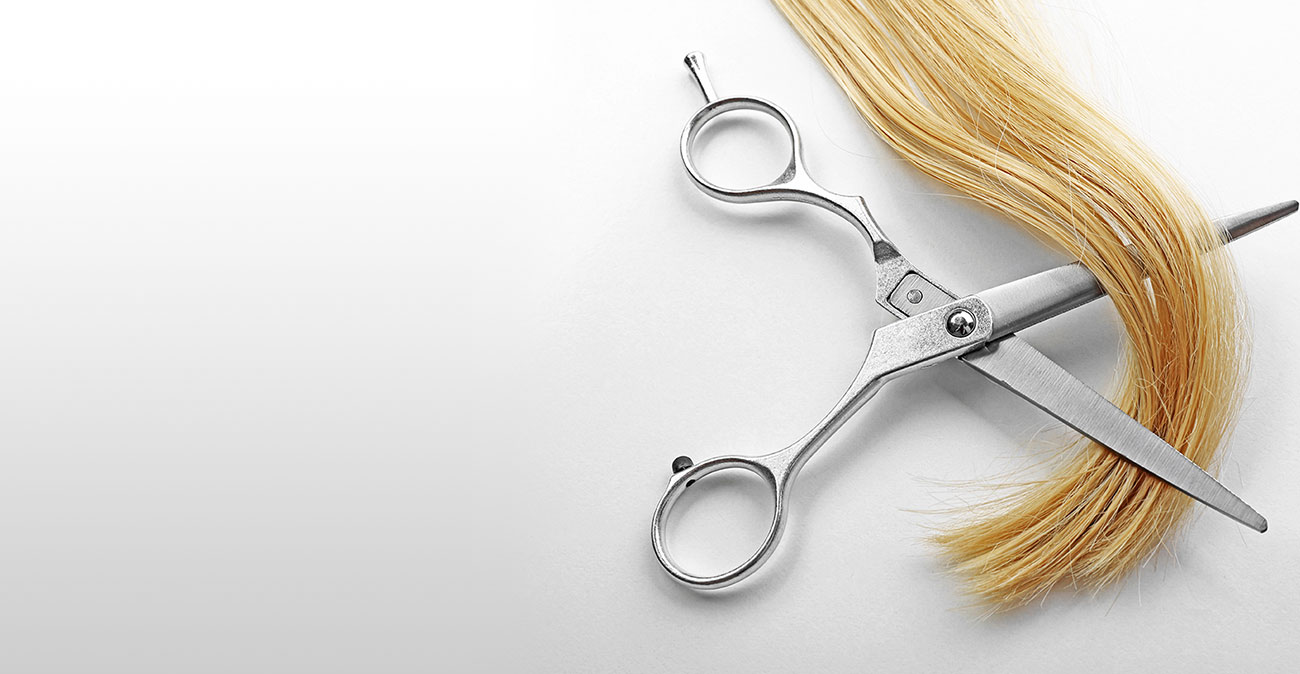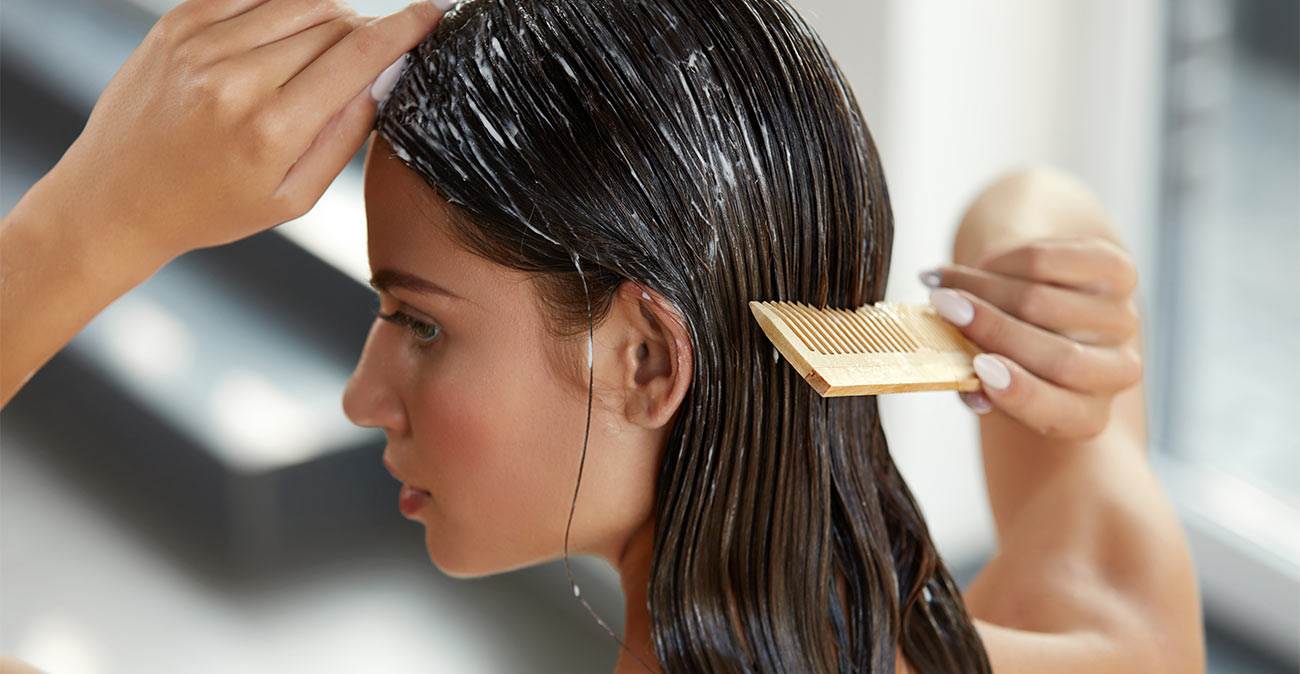This is perhaps the most persistent misconception surrounding bongs. The belief stems from a conflation of the method of consumption with the substance consumed. The primary concern regarding lung damage doesn’s arise from the bong itself, but from the combustion process and the potential for inhaling harmful byproducts. Let’s break down the reality.
Facts:
The danger lies primarily in the smoke produced when burning plant matter (or other substances). Burning anything releases carcinogens and other harmful compounds. The bong, itself, is an inert object. The filtration system often touted as a benefit can reduce particulate matter (ash and tar) compared to smoking directly, but it doesn’t remove all harmful chemicals. Early, poorly designed bongs did sometimes have issues with material leaching (plastic bongs potentially releasing harmful chemicals), but modern, high-quality bongs are typically constructed from materials like glass, ceramic, or stainless steel, which are considered inert.
Research on the impact of bongs versus other methods of smoking is complex. Some studies suggest that bongs may decrease the concentration of some particulate matter compared to smoking directly, meaning less ash reaches the lungs. However, other research suggests that bongs may increase the depth of inhalation, potentially exposing the lungs to a greater volume of smoke. A 2015 study published in Drug and Alcohol Dependence found that users who used bongs inhaled more smoke and held it longer, increasing the overall exposure to harmful substances. (https://www.ncbi.nlm.nih.gov/pmc/articles/PMC4824933/)
Important Note: Regardless of the method, combustion is the primary risk factor. There’s a growing movement towards vaporizing rather than combusting, significantly reducing or eliminating these harmful byproducts.
Myth 2: All Bongs are Made Equally – Quality Doesn’t Matter
This is a dangerous misconception. The material used to construct a bong, the thickness of the glass, the design of the filtration system, and the overall craftsmanship all dramatically impact the device’s performance and safety.
Facts:
Cheap, mass-produced bongs are often made from low-quality glass, which can be thin and brittle, increasing the risk of breakage. Some contain lead or other harmful substances that can leach into the water and be inhaled. Properly constructed bongs use borosilicate glass (often referred to as “scientific glass”) due to its thermal shock resistance and chemical inertness. The thickness of the glass is also crucial; thicker glass is more durable and less likely to break.
The filtration system is another key aspect. A simple diffusion downstem provides basic filtration, while more complex designs incorporate percolators, honeycombs, or showers to increase surface area and enhance the filtration process. The better the filtration, the smoother the hit and the fewer particulates are inhaled.
Our brand, Bong, prioritizes quality materials and construction. We believe in using only high-grade borosilicate glass and rigorously testing each piece to ensure durability and safety. Bongs from reputable manufacturers, like ours, are an investment in a safer and more enjoyable experience.
Myth 3: Using Ice in a Bong Makes You Inhale Colder Smoke, Therefore It’s Safer
This is a nuanced one. While ice can cool the smoke, the reduction in temperature doesn’t inherently make it safer.
Facts:
Cooling the smoke can reduce the amount of volatile organic compounds (VOCs) present. VOCs are released during combustion and contribute to the harshness of the smoke. However, it doesn’t eliminate all harmful compounds. The primary benefit is a smoother, less irritating hit.
The idea behind using ice is that lower temperatures can cause some of these VOCs to condense, trapping them in the water chamber rather than being inhaled. However, the cooling effect is relatively minor, and the overall impact on reducing harm is debatable. The temperature difference isn’t drastic enough to negate the dangers of combustion.
Myth 4: Larger Bongs Always Provide a Stronger Hit
Size isn’t everything. While a larger water chamber can provide a smoother hit due to increased filtration, it doesn’t automatically translate to a more potent experience.
Facts:
The strength of the experience is determined by the amount of substance used, the potency of the substance itself, and the user’s tolerance. A large bong simply provides more water for filtration and can result in a more diluted and potentially smoother smoke. It allows for a larger volume of smoke to be inhaled, but doesn’t increase the concentration of the active compounds.
The design of the bong, particularly the downstem and percolation, plays a more significant role in the overall experience. A well-designed bong with efficient percolation will provide a smoother and more even hit regardless of its overall size.
Myth 5: Cleaning a Bong is Optional and Doesn’t Affect the Experience
This is a critical misconception. A dirty bong significantly degrades the smoking experience and can potentially pose health risks.
Facts:
Residue buildup in a bong not only affects the taste of the smoke, making it harsh and unpleasant, but it can also harbor bacteria and mold. Inhaling these contaminants can lead to respiratory infections and other health problems. The residue itself is a byproduct of combustion and contains various unwanted chemicals.
Regular cleaning is essential for maintaining a hygienic and enjoyable smoking experience. Isopropyl alcohol and salt are common cleaning agents, but there are also commercially available bong cleaning solutions. The frequency of cleaning depends on usage, but a good rule of thumb is to clean your bong at least once a week.
Myth 6: All Water Used in Bongs Should Be Distilled
While distilled water can minimize mineral buildup, it’s not strictly necessary, and tap water can often suffice, provided it’s reasonably clean.
Facts:
Distilled water lacks minerals that can leave residue on the bong’s glass, preventing these deposits and maintaining clearer smoke. However, tap water is generally safe to use, especially if your tap water is filtered. If you notice significant mineral buildup, switching to distilled water can help. Some users add ice to the water, which can temporarily mask mineral taste, but doesn’t eliminate it. Boiling water before adding it to the bong can also help to reduce mineral content.
Myth 7: Specific Bong Designs – Like Funnel Bongs – are Inherently Better or Worse
The “best” bong design is subjective and depends on personal preference. Different designs offer different benefits.
Facts:
- Funnel Bongs: These are known for their ease of use and relatively simple design. They are often preferred by beginners, but may not offer as much filtration as other designs.
- Beaker Bongs: Known for their stability and wide-mouthed openings for easy packing, beaker bongs are a popular choice.
- Straight Tube Bongs: A classic design, offering simplicity and efficiency.
- Percolator Bongs: These feature intricate internal filtration systems that provide extensive filtration and a smoother hit.
Ultimately, the best bong design is the one that you enjoy using the most. Experimentation is key. Bong, for example, offers a wide variety of styles.
Myth 8: You Can’t Use a Bong Responsibly
Responsibility isn’s about the tool; it’s about the user’s behavior.
Facts:
Like any product or activity, responsible use is paramount. This means understanding your own tolerance, consuming in moderation, never operating machinery or driving under the influence, and respecting the law. Bongs, like any other method of consumption, are tools; the responsibility for safe and legal use rests entirely with the individual.
Applying the Correct Information: Tips for Readers
- Prioritize Quality: Invest in a bong made from high-quality materials, like borosilicate glass, from a reputable manufacturer.
- Clean Regularly: Establish a cleaning routine to prevent residue buildup and ensure a hygienic experience.
- Understand the Risks: Recognize that combustion is inherently risky, regardless of the method used. Consider vaporizing as a potentially safer alternative.
- Use Responsibly: Be mindful of your consumption habits and prioritize your health and safety. Never break the law.
- Research Different Designs: Experiment with different bong designs to find the one that suits your preferences.
- Stay Informed: Continue to educate yourself about safe and responsible use practices.







